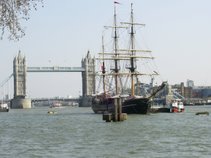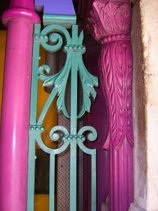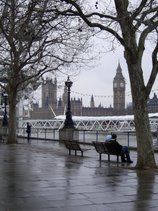Two days ago I wrote about the iconic buildings of London, deliberately leaving out The iconic image. What are the buildings or geographical features that are universally recognised as iconic images?
Let’s start in the USA: the Golden Gate Bridge, the Grand Canyon and Mount Rushmore, are on the list; but surely the abiding images are the Manhattan Skyline and of course The Statue of Liberty. For over 120 years the statute has represented hope and a promise that the future can be better. It was the first site of America seen by millions of European emigrants. During the period of the two World Wars it was an image of friendship and support. In the World of 24 hour rolling TV news, the power of a single image is transitory; it will be interesting to see what if any message the Statue of Liberty will convey in the future.
In South America the two great geographical features, the Andes Mountain Range and the great Amazon River are not visual icons. The image must be the statue inaugurated in 1931, standing 125feet high on top of the Sugarloaf Mountain with its out stretched arms looking over Rio de Janeiro, its Crisco Redentor. The art deco styled statue of Christ the Redeemer.

Let’s cross the Atlantic Ocean to Europe to London, the most recognisable image of London must be Tower Bridge. What a structure, both beautiful and absurd; but above all practical. At the time it was opened in 1894 the Pool of London was the busiest port in the World; so any bridge constructed had to allow access to the pool, hence the bascule design with the opening central span, (in the first year of operation it was opened 6160 times). Due to the frequent opening of the bridge an upper pedestrian walkway was incorporated in the design. However pedestrians preferred to wait and watch the ships pass under the bridge. Unused the upper walkway became the haunt of prostitutes; being 290 feet above the River Thames it became the location for people to choose to jump to their death. It is now part of the exhibition of the bridge’s history.
In 1968 London Bridge was replaced, the old bridge was sold for US$2.5 million to Havasu City, Arizona; it is rumoured that when they unpacked the crates they were surprised to find only blocks of stone - they thought they were buying Tower Bridge, which is incorrectly called London Bridge by tourists.
Other European icons: in Paris the Eiffel Tower and standing above Montmartre the white Basilica of the Sacre Coeur. Obviously St Mark’s Square and the canals of Venice.
Africa? A one time icon which has faded metaphorically from view Table Top Mountain, Cape Town South Africa. The two icons which will remain prominent and located within tourist walking distance from each other: the Great Sphinx of Giza and Khafre’s pyramid. The Sphinx was a common image seen in books from childhood, what a surprise I had when I stood before it thirty years ago to see how small it is - and they say the camera never lies!
So to Asia, and another structure which looks deseavingly large in photographs, but whose diminished size in reality doesn’t detract from its beauty. Constructed in Agra between 1632 to 1648 by Emperor Shah Jahan as a mausoleum for his wife Queen Mumtaz Mahal, the white marbled Taj Mahal is beyond description. It was the Shah’s intention to have an identical black mausoleum built for himself on the opposite bank of the Yamuna River, but he was betrayed by his son Aurangzeb.
Other Asian icons: The Great Wall of China and Angkor Wat in Cambodia.
In Australia, the Sydney Harbour Bridge and in its shadows one of the most distinctive buildings of the 20th century the Sydney Opera House. If the UK has an abysmal record of constructing public buildings on-time and on-budget, it diminishes into insignificance compared to the tortured history of the Opera House construction. Not only did its Danish architect Jon Luzon resign (never to visit the completed building), but for a decade the Government of New South Wales was thrown into turmoil.
What of 21st century icons? Will buildings constructed in Dubai, Shanghai and other cities become icons? Only time will tell.
















